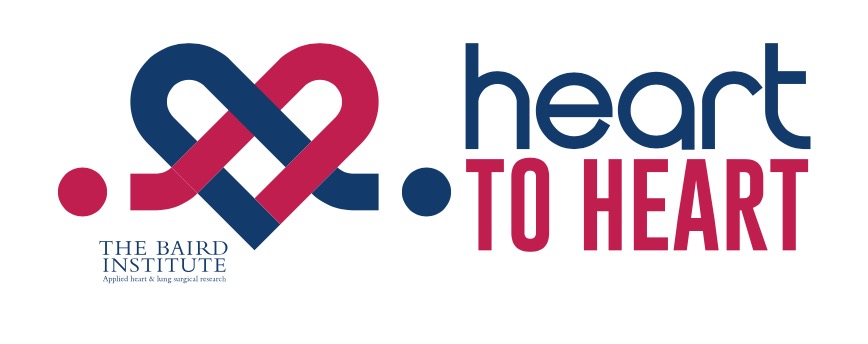Objectives: This study aimed to analyse the impact of preoperative septic cerebral embolism on early and late postoperative outcomes in patients with infective endocarditis undergoing valve surgery.
Methods: Retrospective multicentric study based on the Clinical Multicentric Project for Analysis of Infective Endocarditis in Germany (CAMPAIGN) registry comprising patients with infective endocarditis who underwent valve surgery between 1994 and 2018 at 6 German centres. Patients were divided into 2 groups for statistical comparison according to the presence or absence of preoperative septic cerebral embolism. Propensity score matching was performed for adjusted comparisons of postoperative outcomes. Primary outcomes were 30-day mortality and estimated 5-year survival.
Results: A total of 4917 patients were included in the analysis, 3909 (79.5%) patients without and 1008 (20.5%) patients with preoperative septic cerebral embolism. Patients with preoperative septic cerebral embolism had more baseline comorbidities. Mitral valve endocarditis (44.1% vs 33.0% P < 0.001), large vegetations >10 mm (43.1% vs 30.0%, P < 0.001), and Staphylococcus species infection (42.3% vs 21.3%, P < 0.001) were more frequent in the cerebral embolism group. Among patients with preoperative cerebral embolism, 286 (28.4%) patients had no stroke signs (silent stroke). After matching (1008 matched pairs), there was no statistically significant difference in 30-day mortality (20.1% vs 22.8%; P = 0.14) and 5-year survival (47.8% vs 49.1%; stratified log-rank P = 0.77) in patients with and without preoperative cerebral embolism, respectively.
Conclusions: Preoperative septic cerebral embolism in patients with infective endocarditis requiring valve surgery does not negatively affect early or late mortality; therefore, it should not play a major role in deciding if surgery is to be performed.






